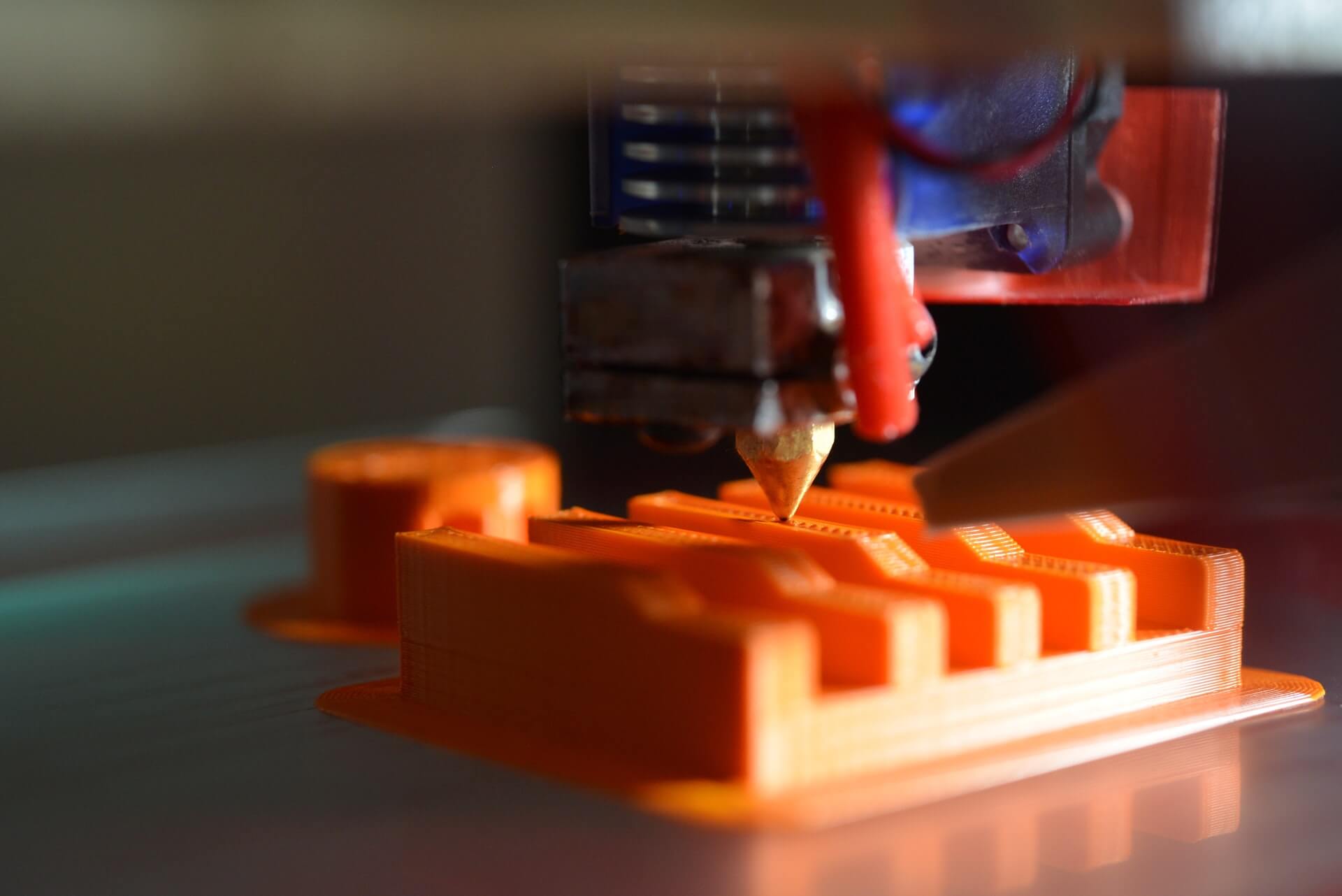I have a friend who Just got a very cool job in the aerospace industry. One of the cool things about his gig is that he works with a 3D printer. He uses it for all kinds of important stuff–but he also uses it for some fun projects, too (his employer is pretty cool about it). I’m amazed by the stuff that 3D printers can do now!
This wasn’t possible year ago, right? It seems like the 3D printers that are out there now are cutting-edge. Can you tell me about 3D printing technology? How old is it? How is it changing things? Thanks in advance, experts!
To a time-traveler, 3D printing would have to seem almost like magic. 3D printers are able to conjure up objects seemingly from thin air. The technology is indeed cutting-edge, and 3D printers are getting better all the time–and, in the process, they’re changing the face of important industries like aerospace.

3D printers work by dispensing material in thin layers. Working from the bottom up, the machines paint these thin slices of material on top of each other as they fuse together. A 3D object rises from the bottom up, all determined by the design in the computer that’s controlling the 3D printer. The technology makes it easy to produce 3D objects based on designs made using computer software.
That makes 3D printing a heavily used technique in industries like the aerospace, automotive, and manufacturing industries. Of course, it wasn’t always this way: 3D printers haven’t been around for all that long, and they’ve been widely used for only part of their history.
The first 3D printers began to appear in recent history, though you might be surprised to learn that they are older than you are: the technology behind 3D printers was pioneered way back in the early 1980s. But the technology was still in its infancy, and 3D printers weren’t yet suited for widespread use in competitive industries.
The technology started to take off around the turn of the millennium, with 3D printers becoming effective. But they still were far from cheap, and there were plenty of other ways for pros in hot industries to make prototypes without having to use pricey 3D printers. That changed in the early 2010s, when falling prices and impressive technologies made 3D printers a must-have tool for experts in many industries.
Today, 3D printers and 3d printing services are ubiquitous in areas like the aerospace industry. Your friend and his coworkers likely use 3D printing to make fast and accurate prototypes, an essential part of designing and constructing effective aerospace technologies.
It won’t stop there. Experts expect 3D printing to revolutionize all sorts of industries–even the fashion business will be affected. The 3D printing industry itself will grow fast in the coming years, experts agree, to meet the increased demand from all different sectors.
The basics of 3D printing may seem simple, but the fast-improving technology behind the process is anything but. You’re absolutely right to say that your friend’s 3D printing tools would not have been at his disposal years ago–and it’s likely that the 3D printers being used a few years from now will be even more impressive and even more revolutionary.
“If a picture is worth a thousand words, a prototype is worth a thousand pictures.” – The 3D Printing Revolution







